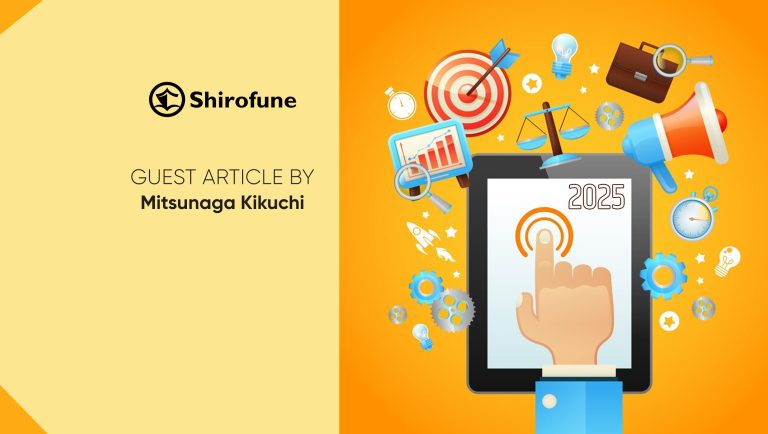New guide details best practices and use cases for impression tracking so app marketers can gain campaign visibility to better measure and optimize overall performance
The measurement and analytics suite Adjust today released “A Mobile Marketer’s Playbook for View-Through Attribution”, detailing best practices for implementing this trending attribution method. View-Through Attribution (VTA), commonly known as impression tracking, helps marketers better analyze and optimize campaign performance, increase ROI and ultimately drive more revenue. Adjust analyzed apps globally with VTA settings enabled to better understand the relationship between clicks, impressions and installs over time, and found that fluctuations don’t always go hand-in-hand.
A spike in impressions can also pull the number of clicks up with it, and, conversely, a decrease in clicks does not always lead to a decrease in installs. For example, February 2022 saw a click decrease of 16% globally compared to the previous month, which correlated to a drop in installs (21%). Still, throughout the following months, clicks recovered by a few percentage points, while installs increased by 10%. By May 2022, installs attributed to impressions were 19% up on the February dip, despite clicks having only bounced back 11%.
“VTA is crucial to measuring and understanding overall campaign performance strategically and holistically,” said Reggie Singh, Adjust Director of Partnerships. “In light of greater privacy measures, such as Apple’s iOS 14.5 and Google’s upcoming Privacy Sandbox on Android, every little bit of insight into the user journey counts. It’s great to attribute an install to a click, but it’s even more powerful to know if more clicks, and ultimately conversions, occur after impressions have been served on a specific channel.”
VTA helps app marketers identify lift on or from platforms like Facebook, Instagram, TikTok, Snapchat, and Twitch by looking at purchase intent, brand awareness and favorability. Snap Inc.’s Head of Marketing Science, Youmna Borghol, noted that, “Snapchatters open the app more than 30 times a day on average, and are frequently influenced by their friends and creators while making decisions on their next purchase. However, when exposed to ads, many users don’t want to click out of that experience, and in most cases, they complete the purchase later.”
Marketing Technology News: MarTech Interview with Rich Donahue, Chief Marketing Officer at Ibotta
Among a host of key insights, the guide explores:
- Share of VTA-based installs globally and by vertical. The top-five regions with the highest shares of impression-based installs are Japan (17%), France and Benelux (14%), MENA (11%), INSEA (10%) and the U.S. at nearly 9%. Food and drink apps have the highest proportion of impression-based installs globally, at 43%, followed by fintech (36%), travel (30%), e-commerce (24%), entertainment and social apps (both 11%) and gaming (5%).
- Industry VTA window benchmarks. As VTA window lengths vary across industries, verticals, business models and campaigns, Adjust recommends setting vertical-specific windows when kick-starting VTA efforts, spanning from 24 hours for gaming to 32.5 hours for fintech apps.
- Difference in install share by operating system. Android’s average share sits at 9.2%. iOS is significantly higher at 14.1%. This is largely because the app categories most commonly downloaded on iOS, such as e-commerce, food and drink, and lifestyle, are often more VTA-friendly. Android drives a much larger proportion of mobile game downloads, which are often from high-intent, click-centric campaigns.
- VTA for holistic CTV ad measurement. With ad recall at 46% on CTV vs. 9% on website ads, CTV is the most recommended channel for marketers looking to diversify their advertising mix.
Marketing Technology News: The Golden Age of Immersive Media is Here
























